The voltage of the electricity and the available electrical current in regular businesses and homes has enough power to cause death by electrocution. Even changing a light bulb without unplugging the lamp can be hazardous because coming in contact with the "hot", "energized" or "live" part of the socket could kill a person.
All electrical systems have the potential to cause harm. Electricity can be either "static" or "dynamic." Dynamic electricity is the uniform motion of electrons through a conductor (this is known as electric current). Conductors are materials that allow the movement of electricity through it. Most metals are conductors. The human body is also a conductor. This document is about dynamic electricity.
Note: Static electricity is accumulation of charge on surfaces as a result of contact and friction with another surface. This contact/friction causes an accumulation of electrons on one surface, and a deficiency of electrons on the other surface. The OSH Answers document on How Do I Work Safely with Flammable and Combustible Liquids? (Static Electricity) has more information.
Electric current cannot exist without an unbroken path to and from the conductor. Electricity will form a "path" or "loop". When you plug in a device (e.g., a power tool), the electricity takes the easiest path from the plug-in, to the tool, and back to the power source. This is also known as creating or completing an electrical circuit.
People are injured when they become part of the electrical circuit. Humans are more conductive than the earth (the ground we stand on) which means if there is no other easy path, electricity will try to flow through our bodies.
There are four main types of injuries: electrocution (fatal), electric shock, burns, and falls. These injuries can happen in various ways:
Do not work close to power lines. Recommended distances vary by jurisdiction and/or utility companies. Check with both your jurisdiction and electrical utility company when working, driving, parking, or storing materials closer than 15 m (49 feet) to overhead power lines.
A Class A Ground Fault Circuit Interrupter (GFCI) works by detecting any loss of electrical current in a circuit (e.g., it will trip at a maximum of 6mA). When a loss is detected, the GFCI turns the electricity off before severe injuries or electrocution can occur. A painful non-fatal shock may occur during the time that it takes for the GFCI to cut off the electricity so it is important to use the GFCI as an extra protective measure rather than a replacement for safe work practices.
GFCI wall outlets can be installed in place of standard outlets to protect against electrocution for just that outlet, or a series of outlets in the same branch circuit. A GFCI Circuit Breaker can be installed on some circuit breaker electrical panels to protect an entire branch circuit. Portable in-line plug-in GFCIs can be plugged into wall outlets where appliances will be used.
It is important that you follow the manufacturer's instructions with respect to the use of a GFCI. Test permanently wired GFCIs monthly, and portable devices before each use. Press the "test" and "reset" buttons. Plug a "night light" or lamp into the GFCI-protected wall outlet (the light should turn on), then press the "TEST" button on the GFCI. If the GFCI is working properly, the light should go out. If not, have the GFCI repaired or replaced. Press the "RESET" button on the GFCI to restore power.
If the "RESET" button pops out but the "night light" or lamp does not go out, the GFCI has been improperly wired and does not offer shock protection at that wall outlet. Contact a qualified electrician to correct any wiring errors.
Grounding and electricity go hand in hand. In fact, to safely use electrical devices, equipment, appliances, and tools, make sure that your connection is grounded properly. Here's why grounding is important.
Grounding is a method of giving electricity the most effect way to return to the service panel. You see current flows from the panel to the outlet or device to power it up. The neutral wire is the return path for unused current. The ground wire is an additional path for electrical current to return safely to ground without danger to anyone in the event of a short circuit. In that instant, the short would cause the current to flow through the ground wire, causing a fuse to blow or a circuit breaker to trip.
An ungrounded electrical box, appliance,
power tool, or extension cord could become a
danger if there is no path to ground, except through you. You see,
without a ground wire, your body may complete the ground path and
you may be shocked
or electrocuted.
A properly grounded circuit has
boxes, devices, and service panel grounds that give the electrical
current the easiest path to ground and that reduces the chances of
someone getting a shock or getting
electrocuted

Ground Rod Connection. Timothy Thiele
Household electrical systems are required by the National Electrical Code to have a grounded system connected to earth ground via a ground rod. The earth absorbs the over-current or short circuit harmlessly and having done so, eliminates the threat to anyone that may have otherwise been the ground path.
But ground rods and ground wires to boxes, devices, and service panels are not enough. You must remember to bond the grounds to the house’s copper water lines. You certainly wouldn’t want a short circuit to travel through the water pipes while you’re in the shower, bathtub, or using a sink. Remember that water and electricity don’t mix!
And while we’re on the subject of grounding, I’m often asked if using a receptacle adapter is OK. First of all, I’m not a fan of doing something half way. I’d rather change the receptacle to a grounded receptacle and have the ground wire connected to the receptacle and the box. Although you can use an adapter and connect the center cover-plate screw to the adapter to gain a ground if the box is grounded, it just seems like a skimpy, lazy way to fix the real problem, the need for a new receptacle.
Receptacles that have only a hot and neutral slot are called polarized receptacles. By having a smaller hot wire slot and a larger neutral slot on a polarized receptacle, the electrical current flows the appropriate way through the circuit. For safe use of these receptacles, double-insulated power tools can be used in polarized receptacle circuits. These safety features can reduce the risk of electrical shock, but once again, my advice is to replace the receptacle and rewire if needed to convert the circuit into a properly grounded circuit and receptacle.
Fuses and circuit breakers are used to protect electrical circuits. But when fuses blow or circuit breakers trip, do you know why? Do you know what to do to get the circuit working again? One you can reset while the other needs replacing. Find out why and how to make the circuit work
Answer:
Blown fuses must be replaced after they blow. The fusible link is melted within and the connection link is no more. However, with circuit breakers, they have a resettable switch that once again makes the circuit breaker both functional and a viable circuit protector.
Fuses come in different shapes and sizes. There are plug and cartridge fuses. But the question remains, why do fuses blow? And while we're on the subject, how do you test the fuses? I have my opinion on which is better, which is most effective, and why. I'm wondering what your thoughts are about the subject. You can voice you thoughts in my poll on fuses or ciurcuit breakers.
Circuit breakers are resettable in most cases, as long as they haven't become damaged or the circuit problem that created the breaker to trip in the first place is now clear. If a circuit breaker does trip, here's how to reset it. However, if the circuit breaker is bad and needs replacement, here's how to remove and replace a circuit breaker. To do this, you'll need to know how to turn off a circuit breaker. This circuit breaker may be a single-pole breaker or adouble-pole breaker. Here's a rundown of circuit breakers that are used in circuit breaker
I hope all of the information that I've
provide you in the links above paint you a picture of what fuses
and circuit breakers are, how they work, and which is for you. I'll
leave you with this final link covering fuses and
circuit breakers.

SAFETY AND SECUIRITY
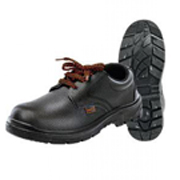


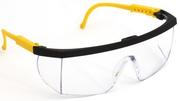
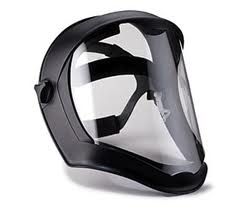
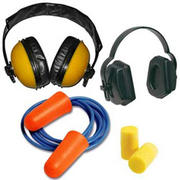
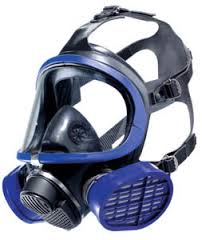

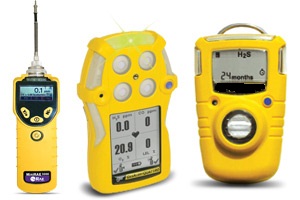
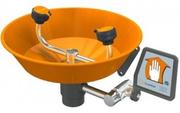

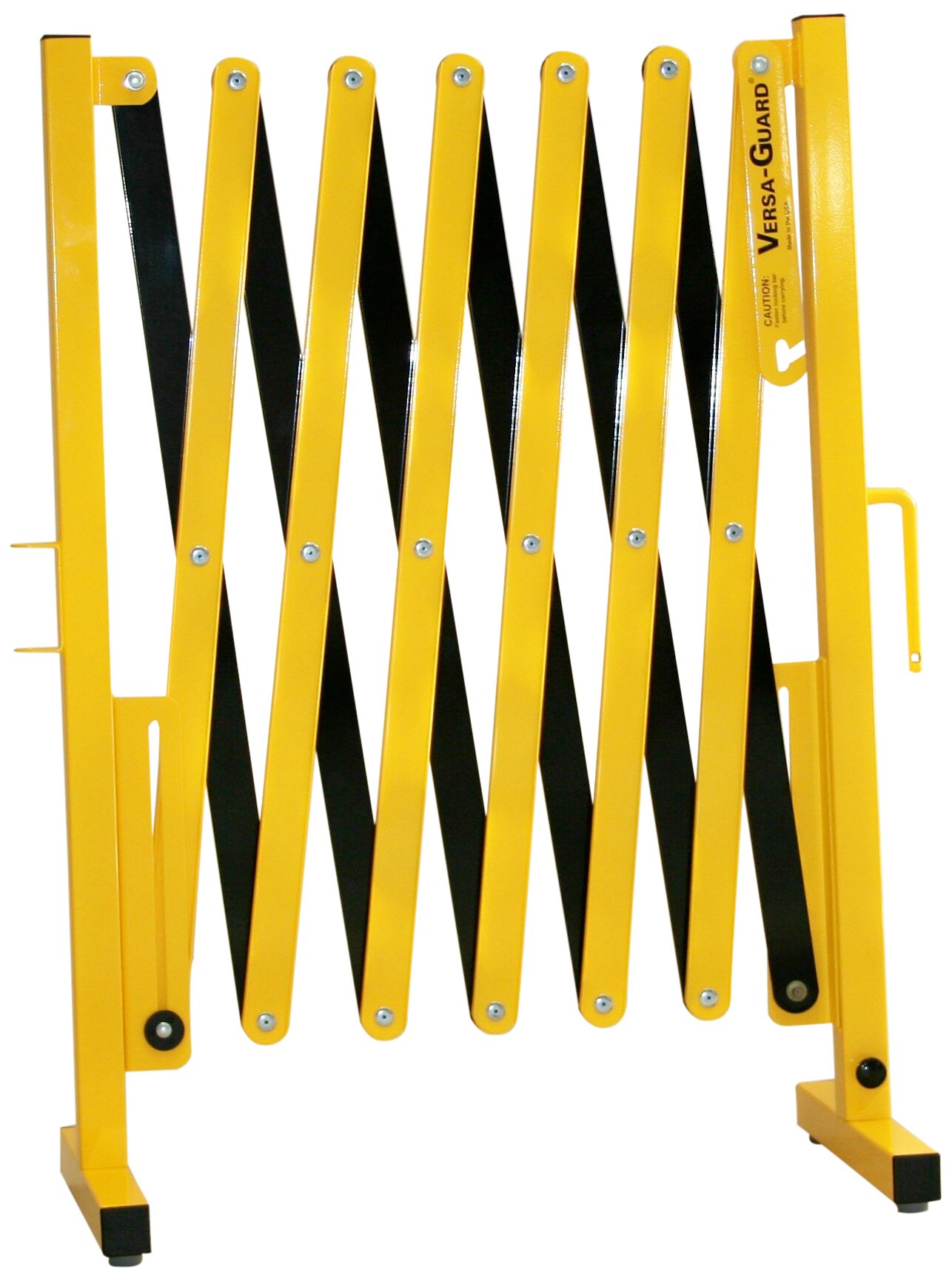
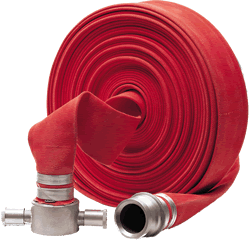

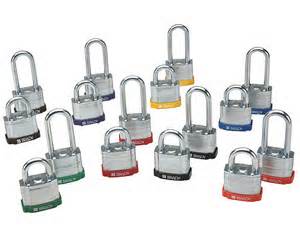

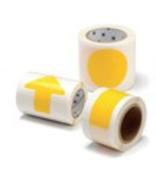 Floor
Markers
Floor
Markers Road Safety
Products
Road Safety
Products Signs
Signs Fire
Extinguisher
Fire
Extinguisher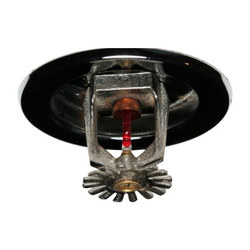 Fire
Fighting Sprinkler
Fire
Fighting Sprinkler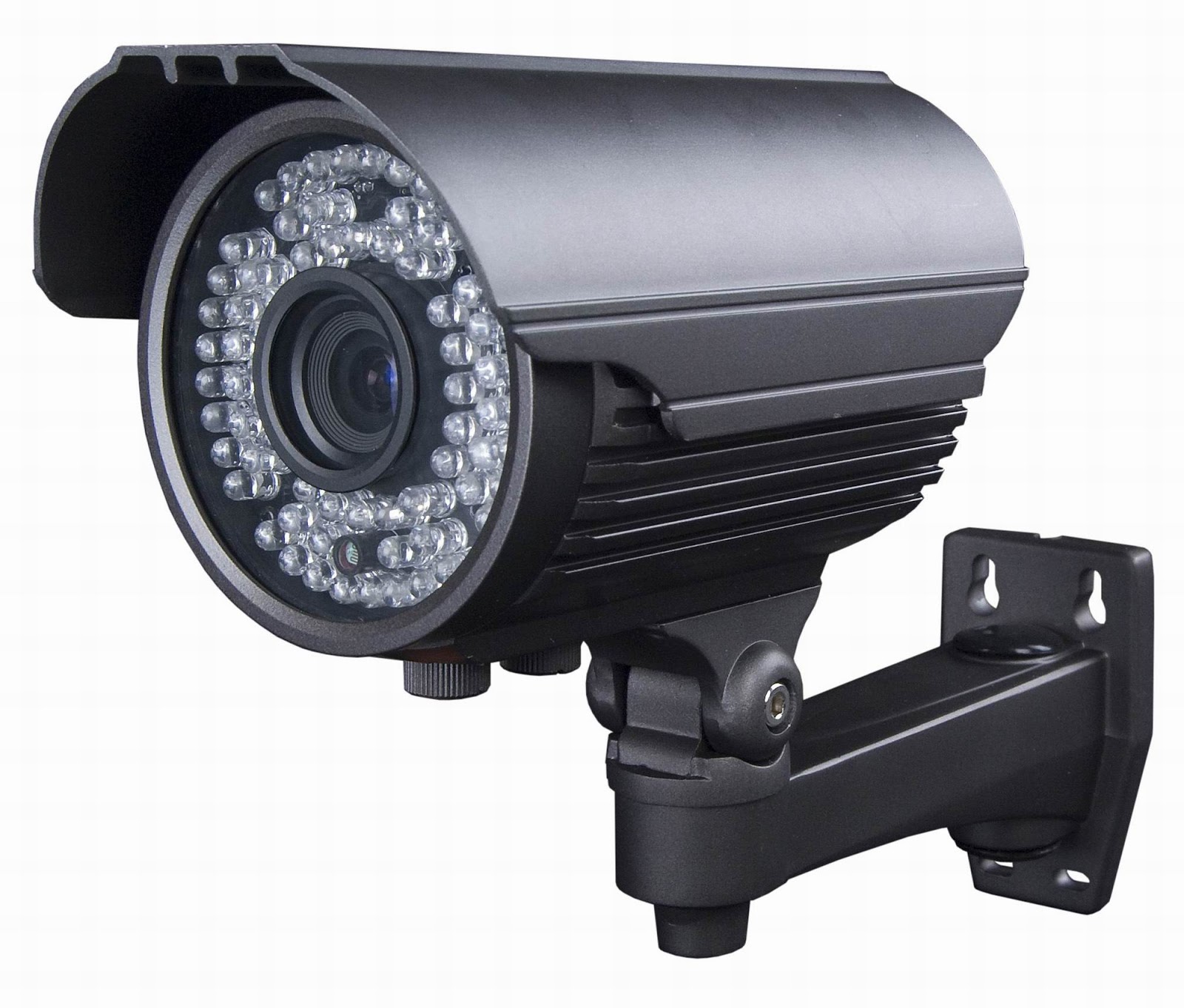 Surveillance
Cameras
Surveillance
Cameras Digital
Video Recorder
Digital
Video RecorderTEST & MEASURE

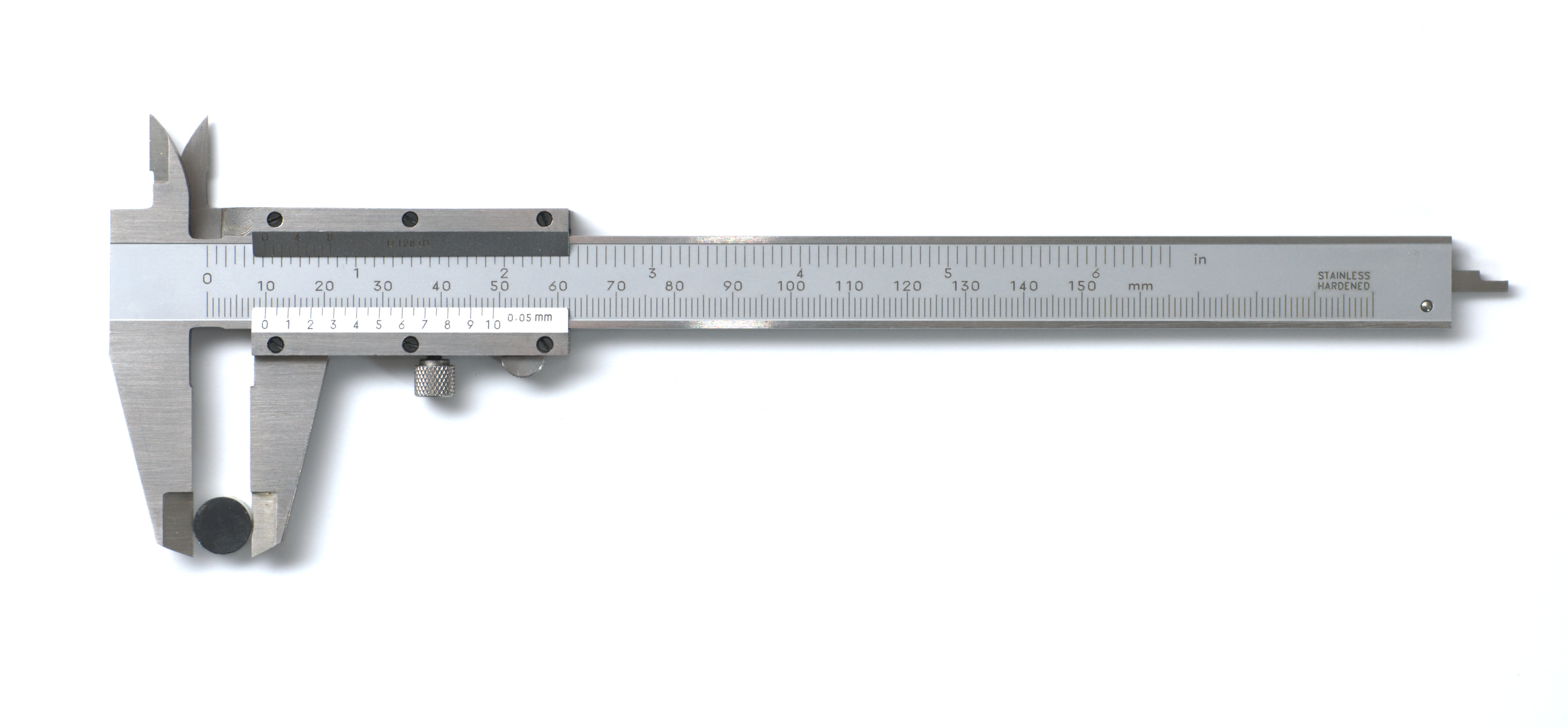
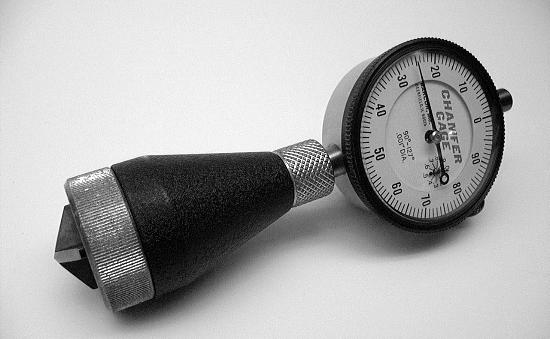
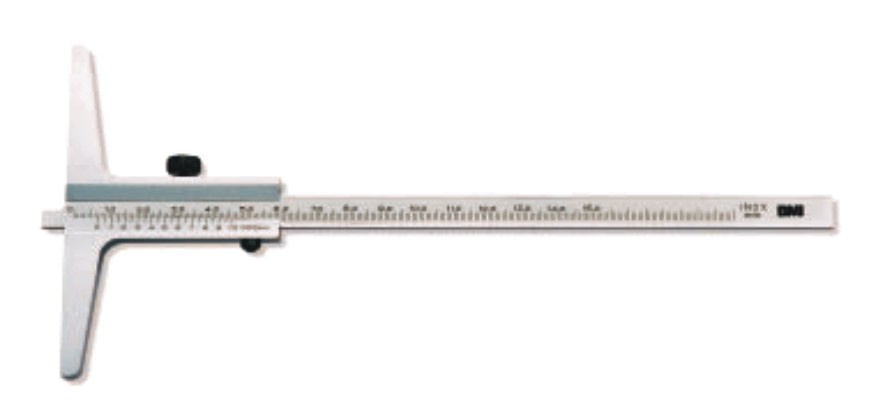
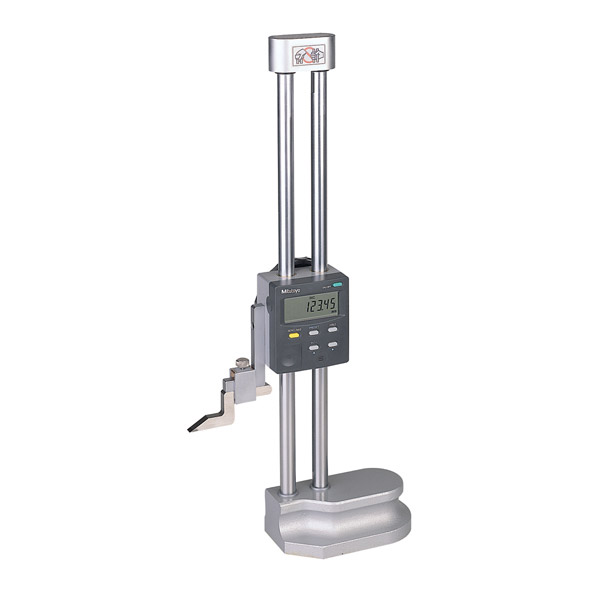
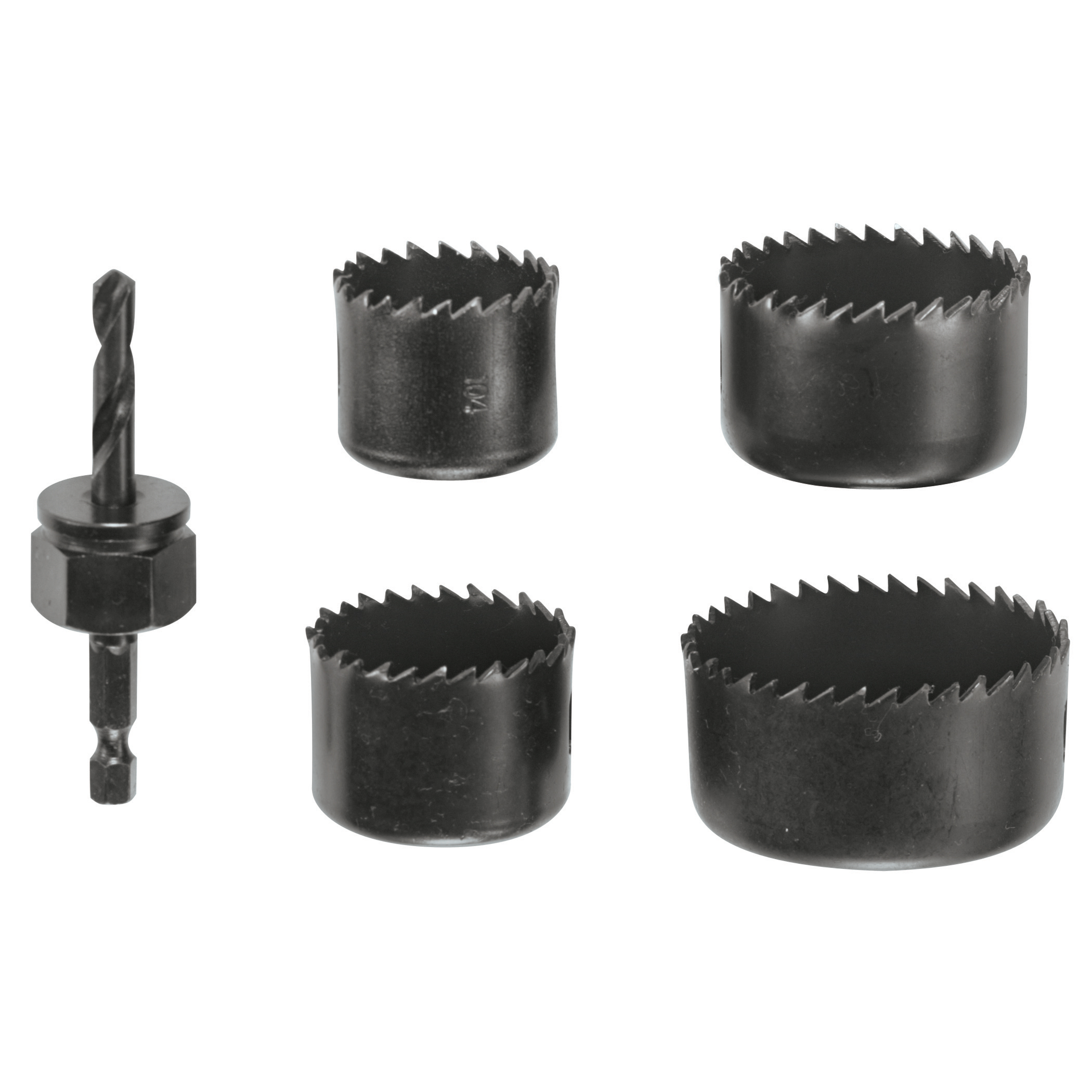
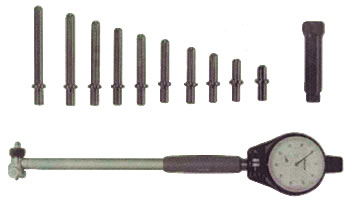
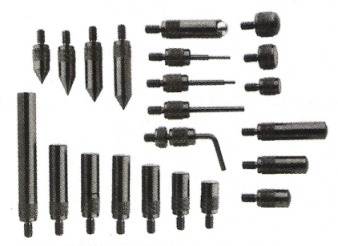
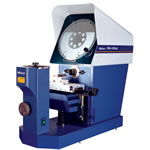
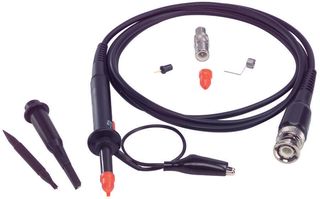
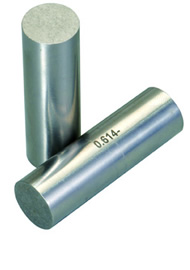

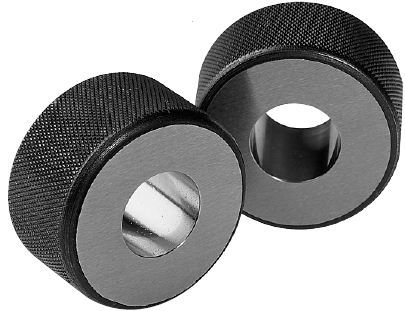
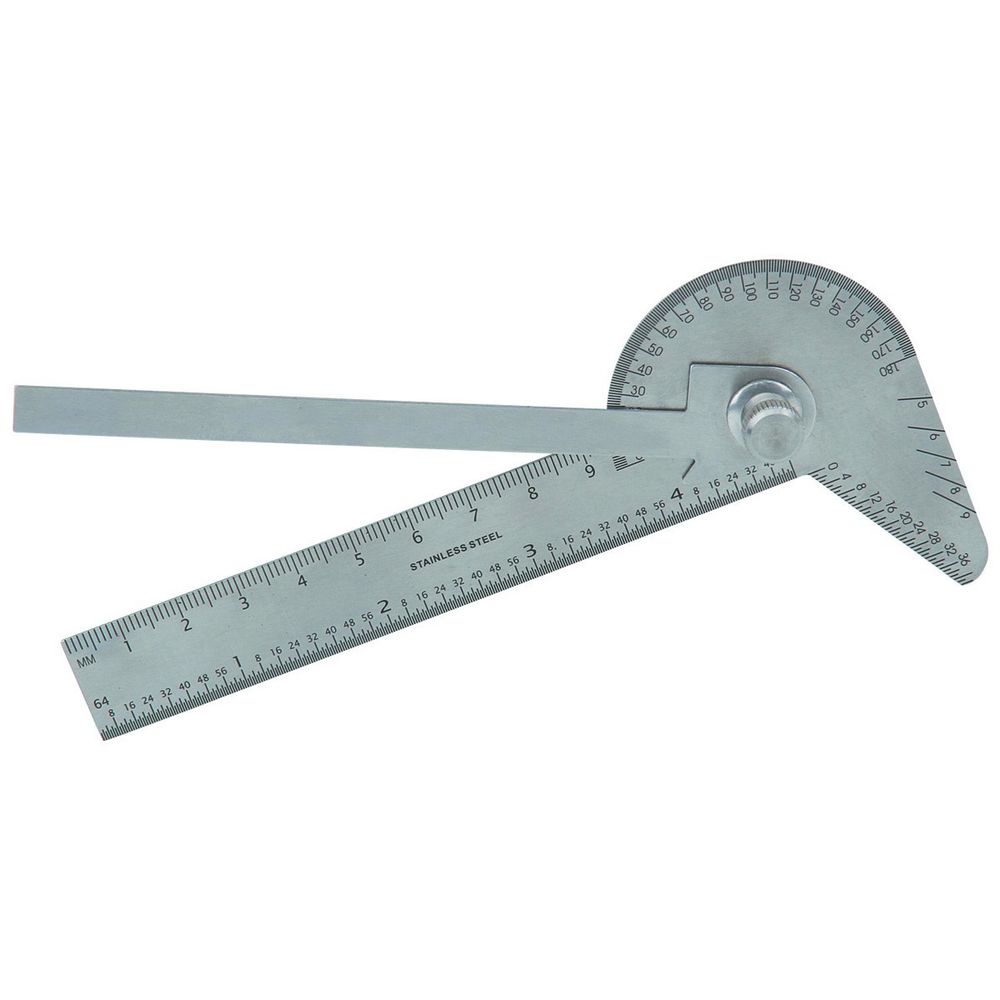
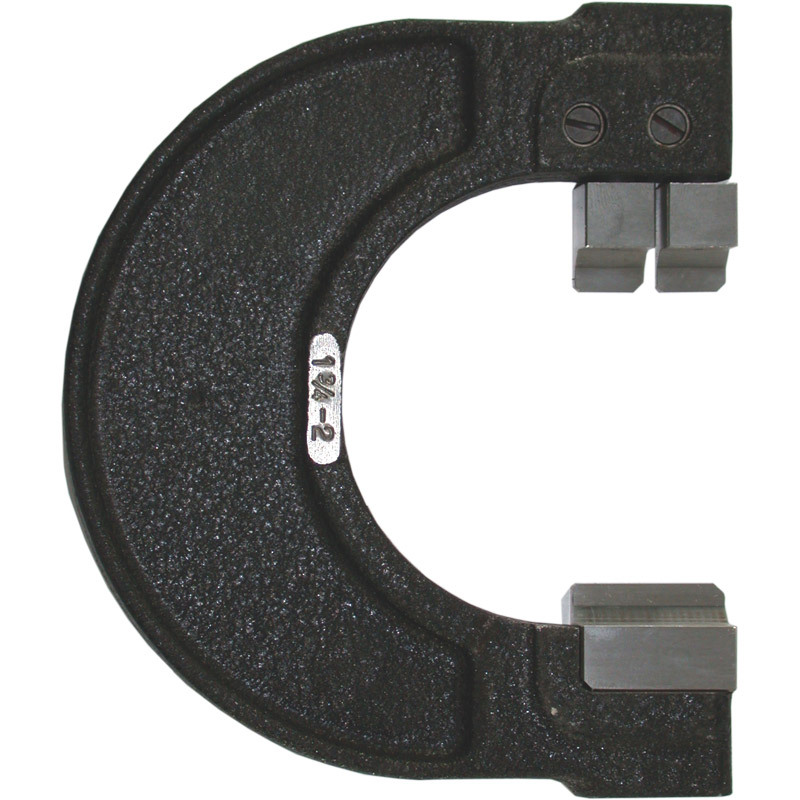
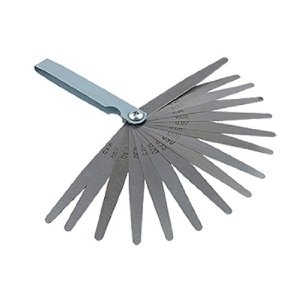
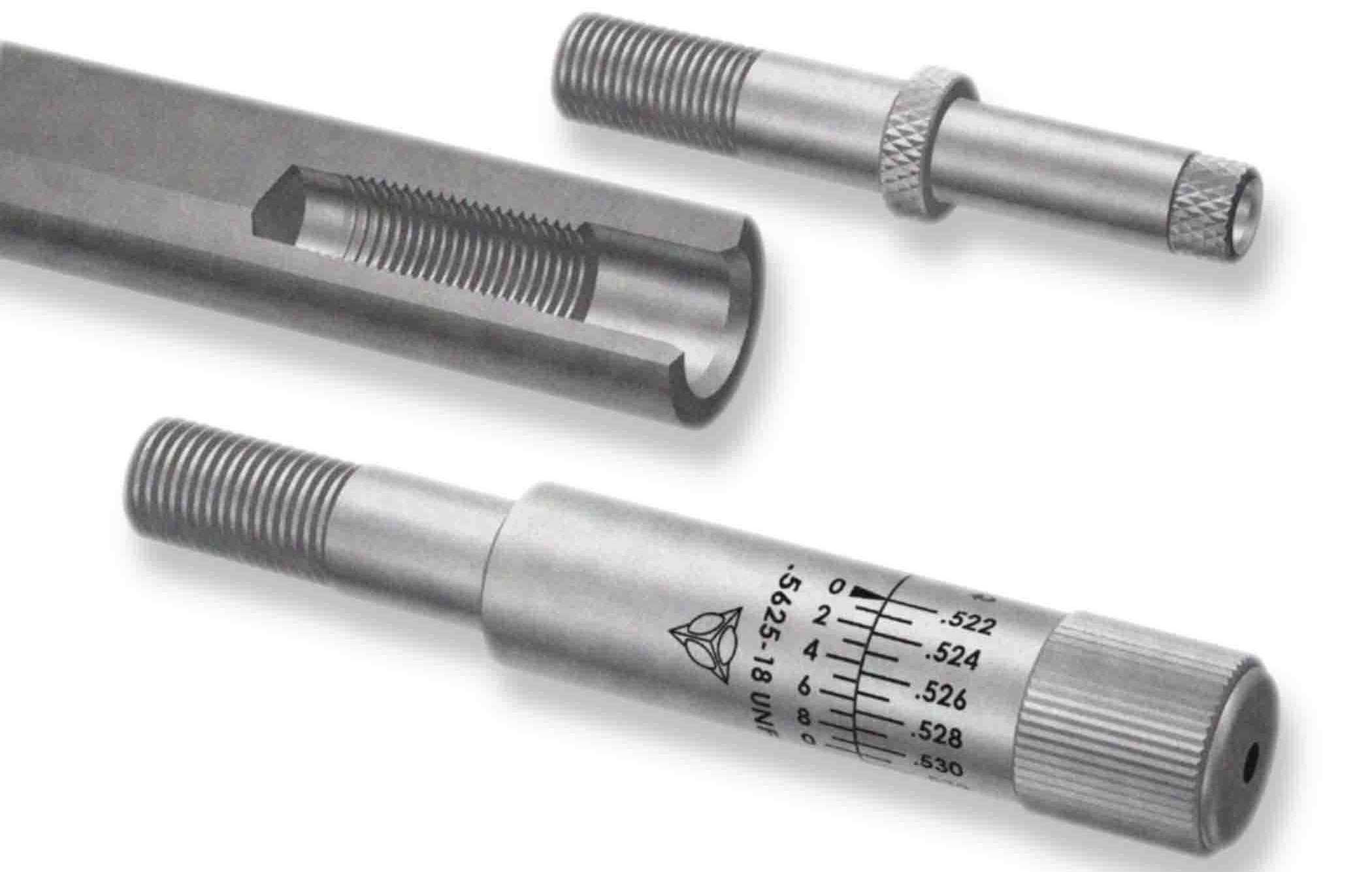

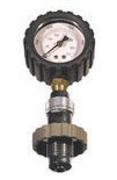
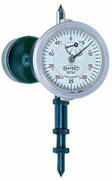

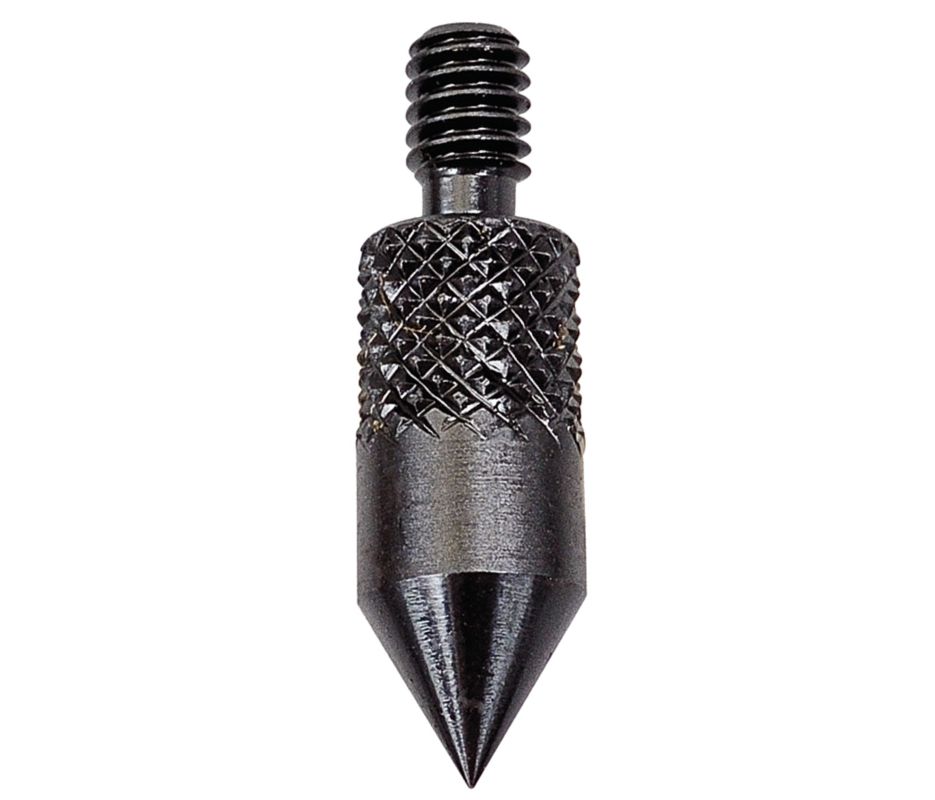
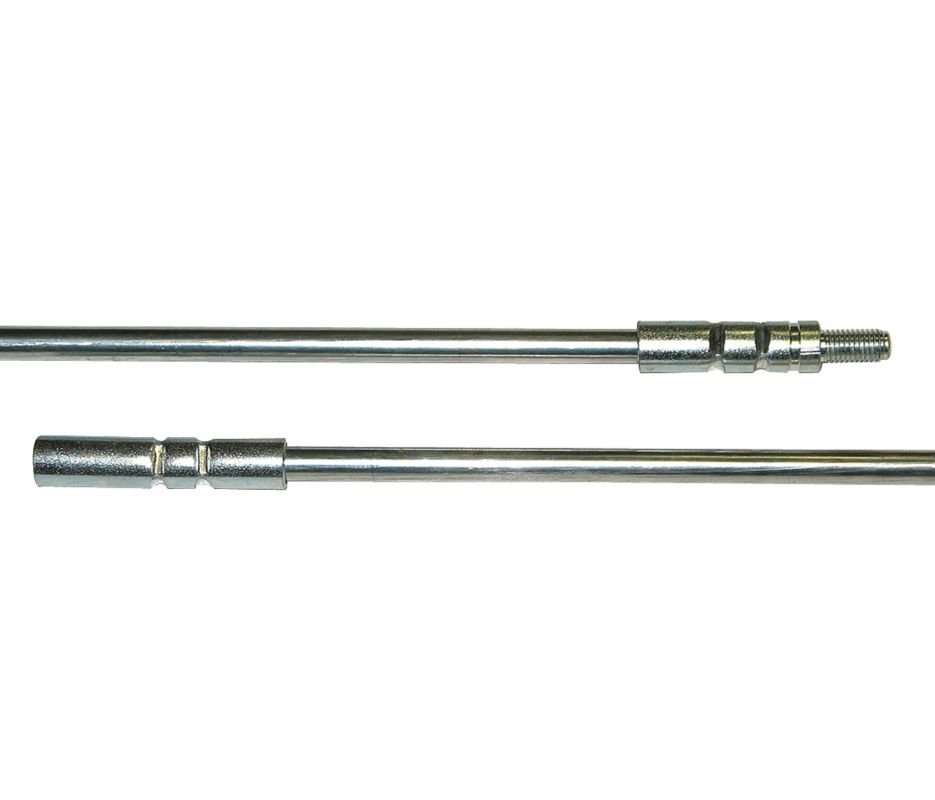
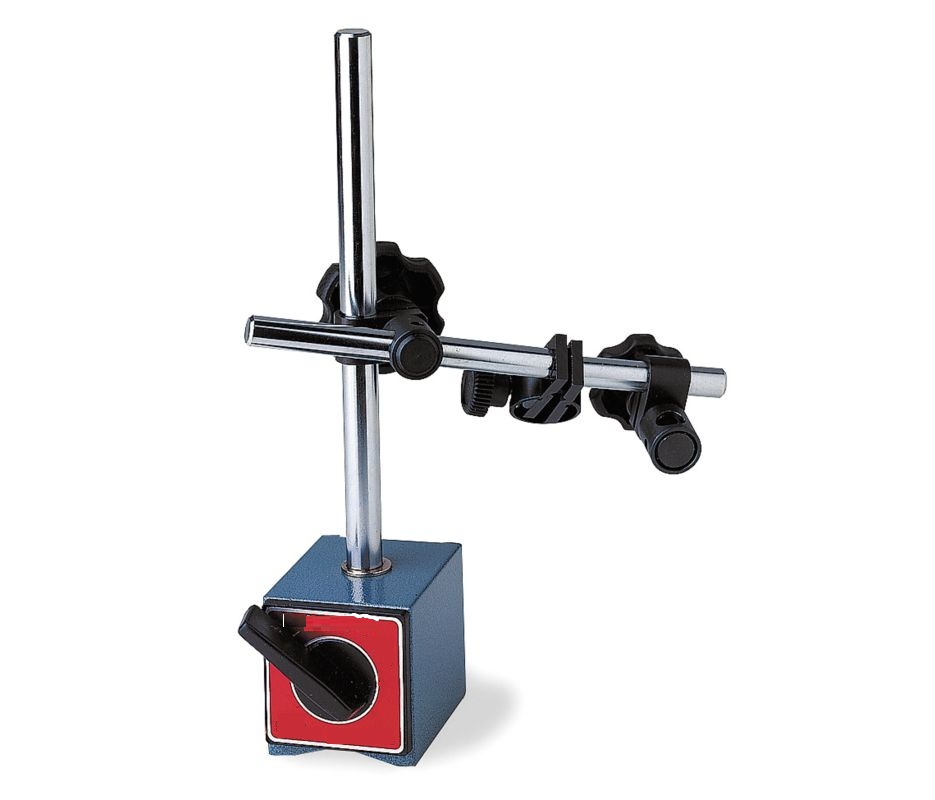
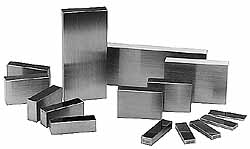


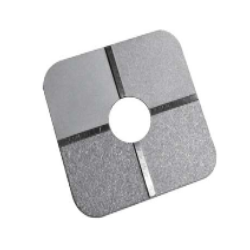
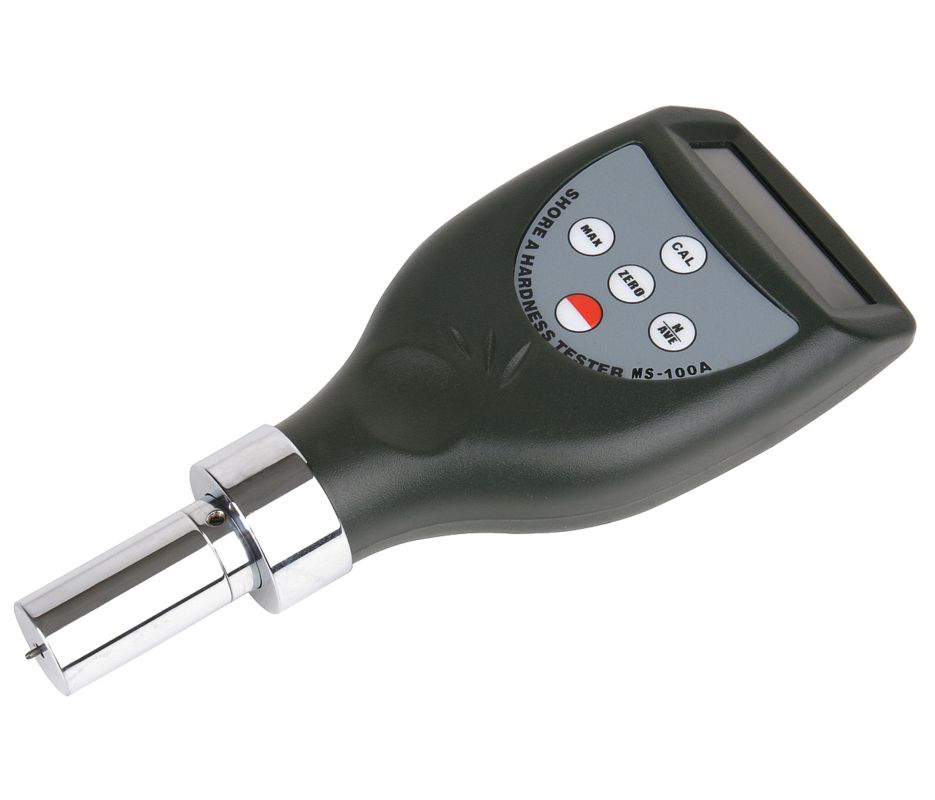

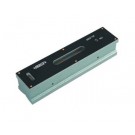
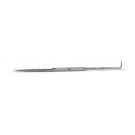
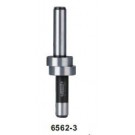
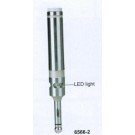
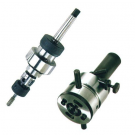
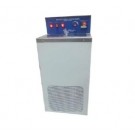
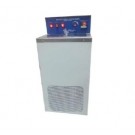











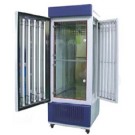


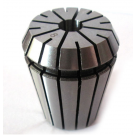
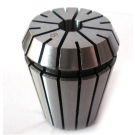




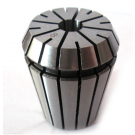






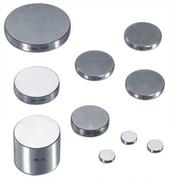
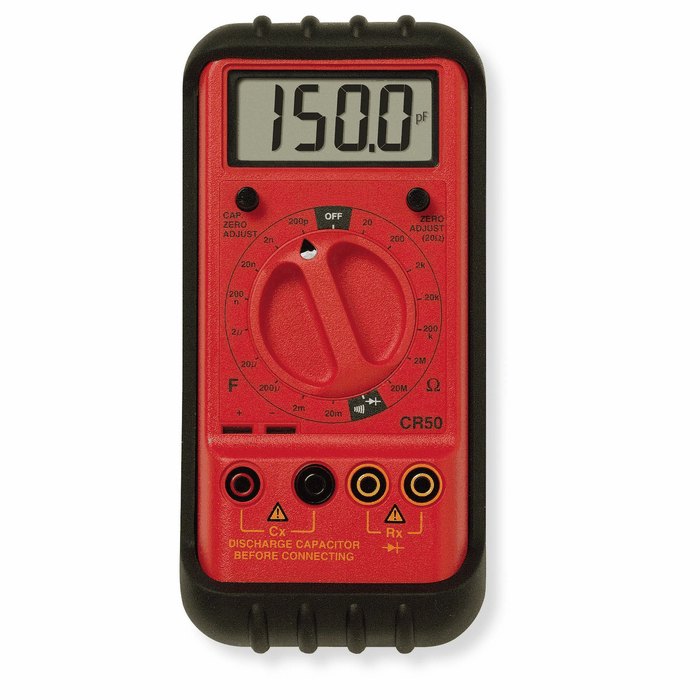
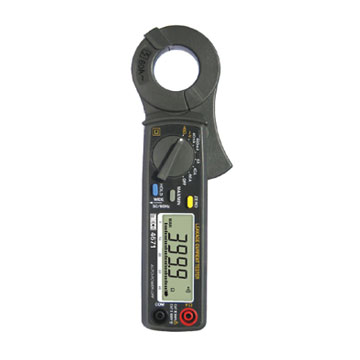
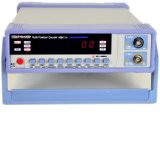
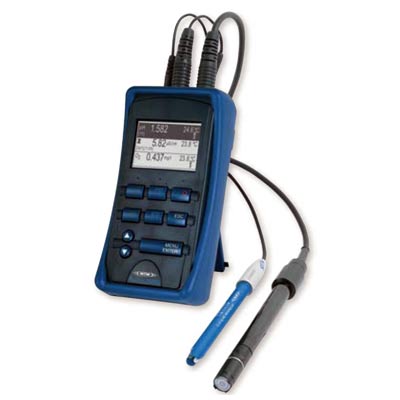
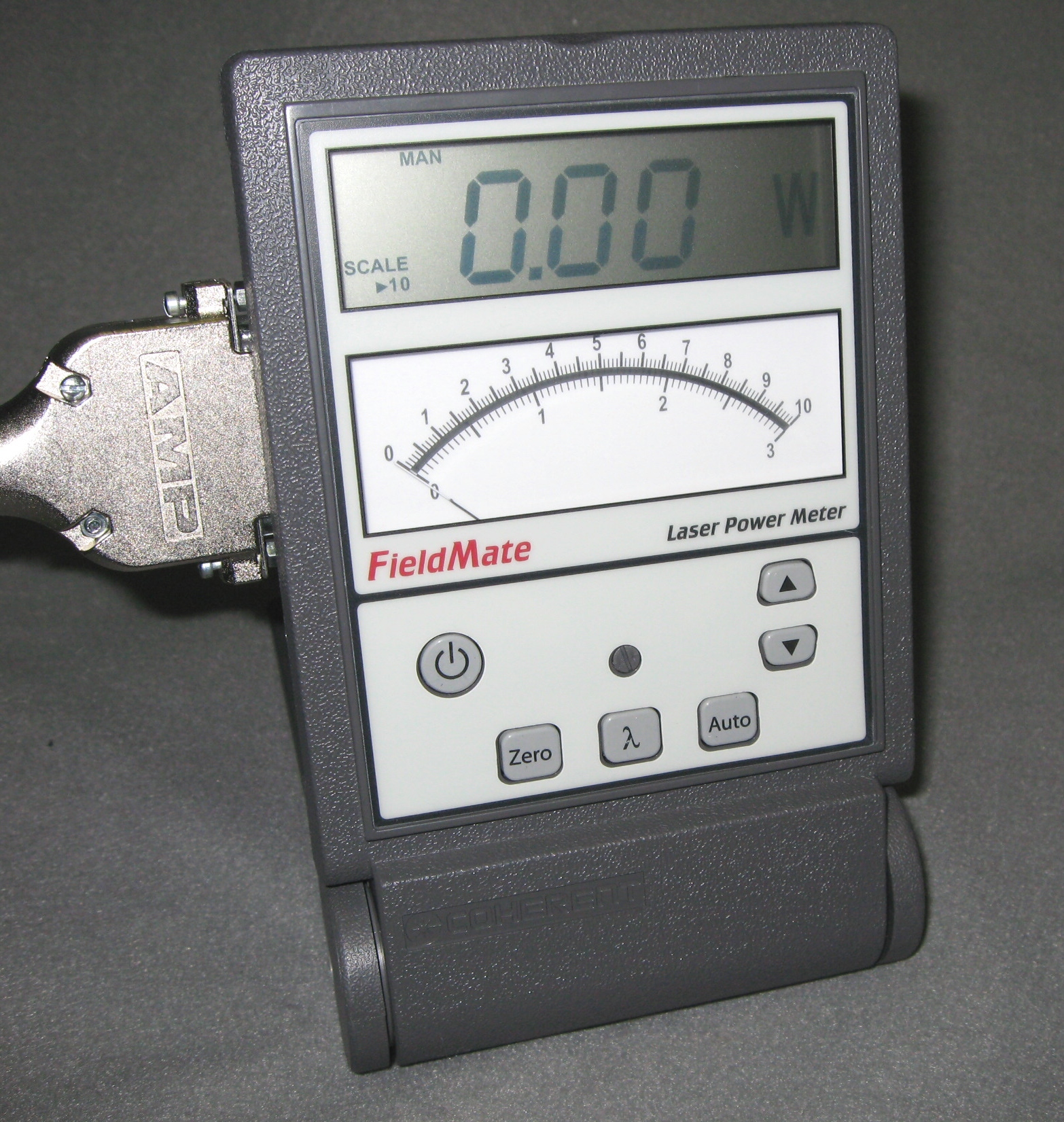
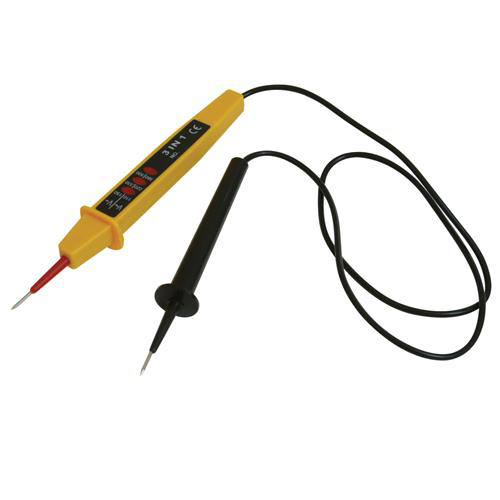
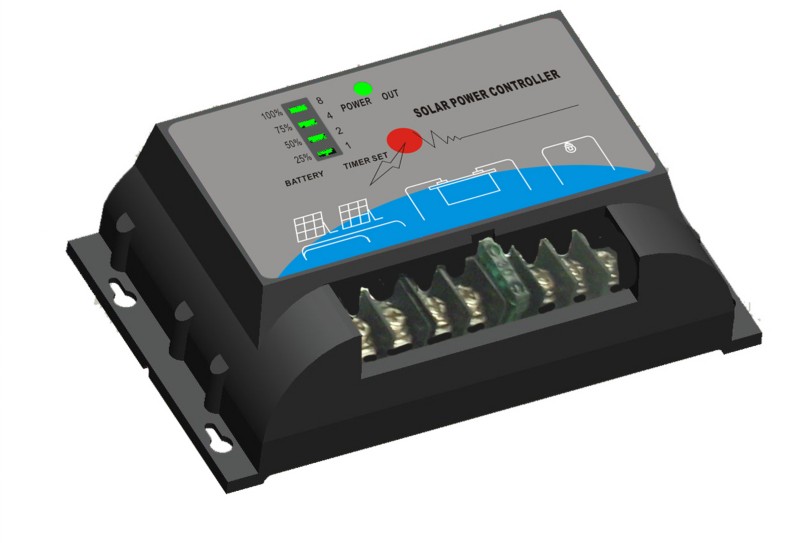
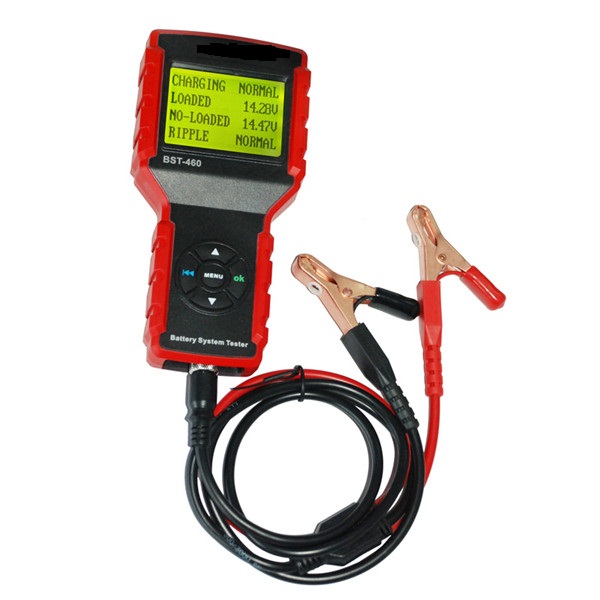
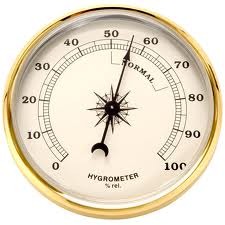
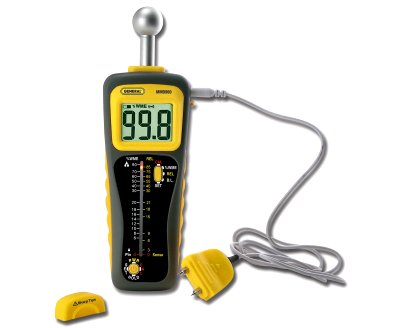
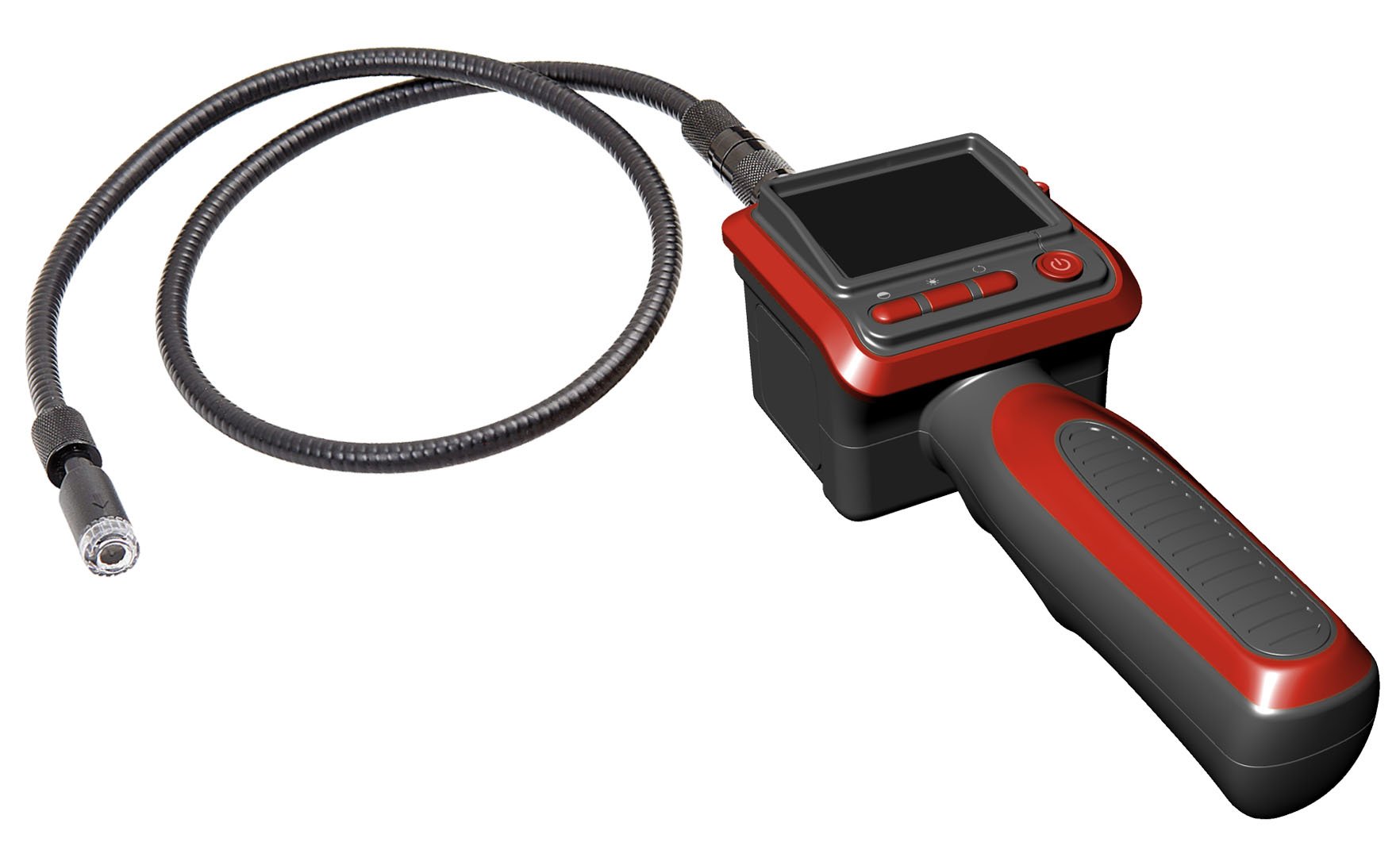

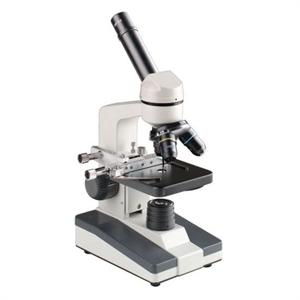
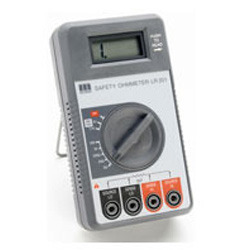


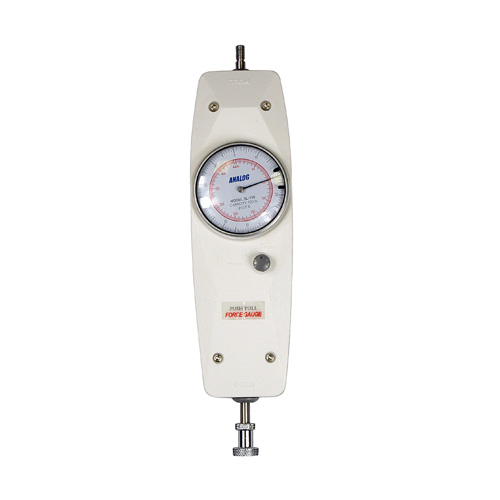
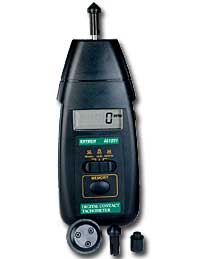
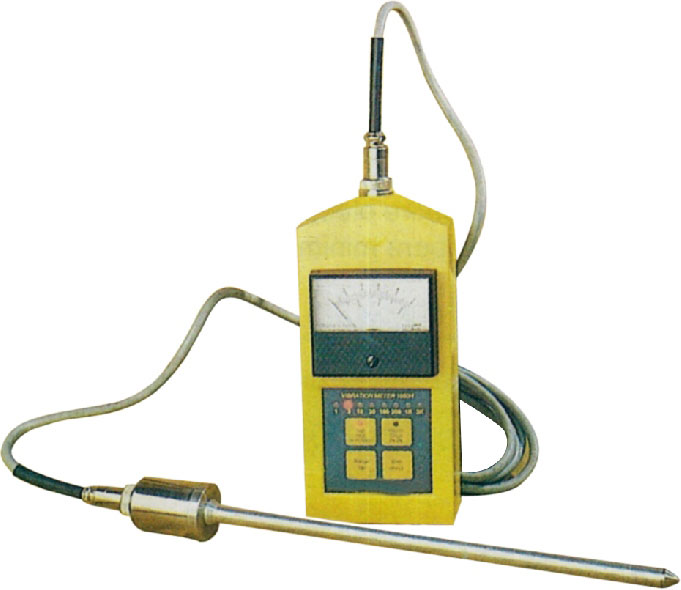

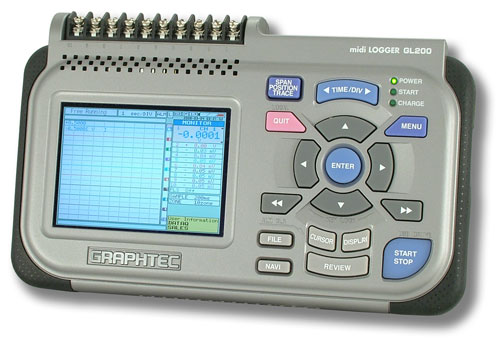
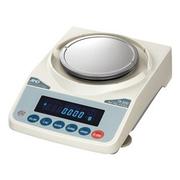 Conventional
Balances
Conventional
Balances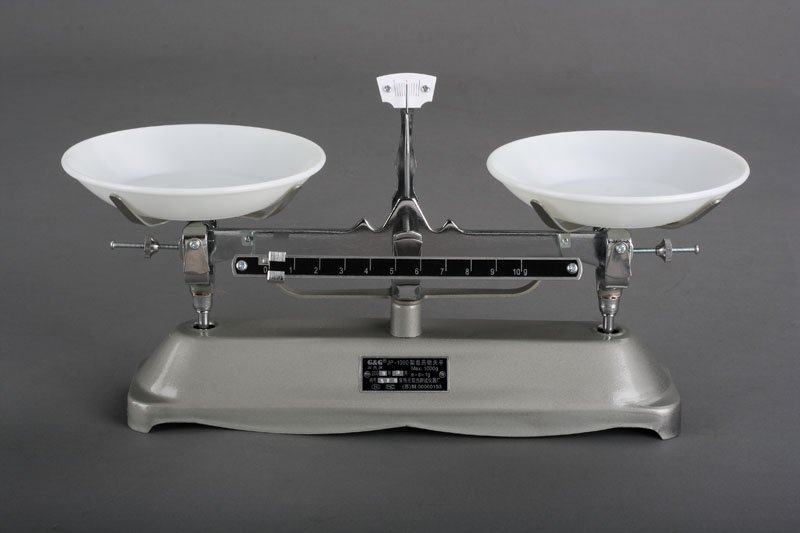 Mechanical
Balances
Mechanical
Balances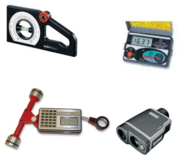




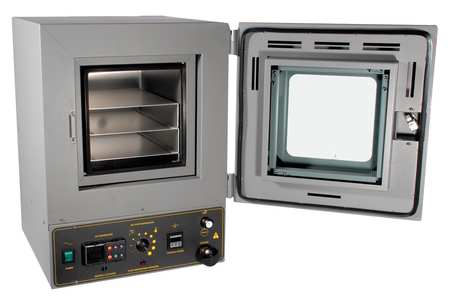



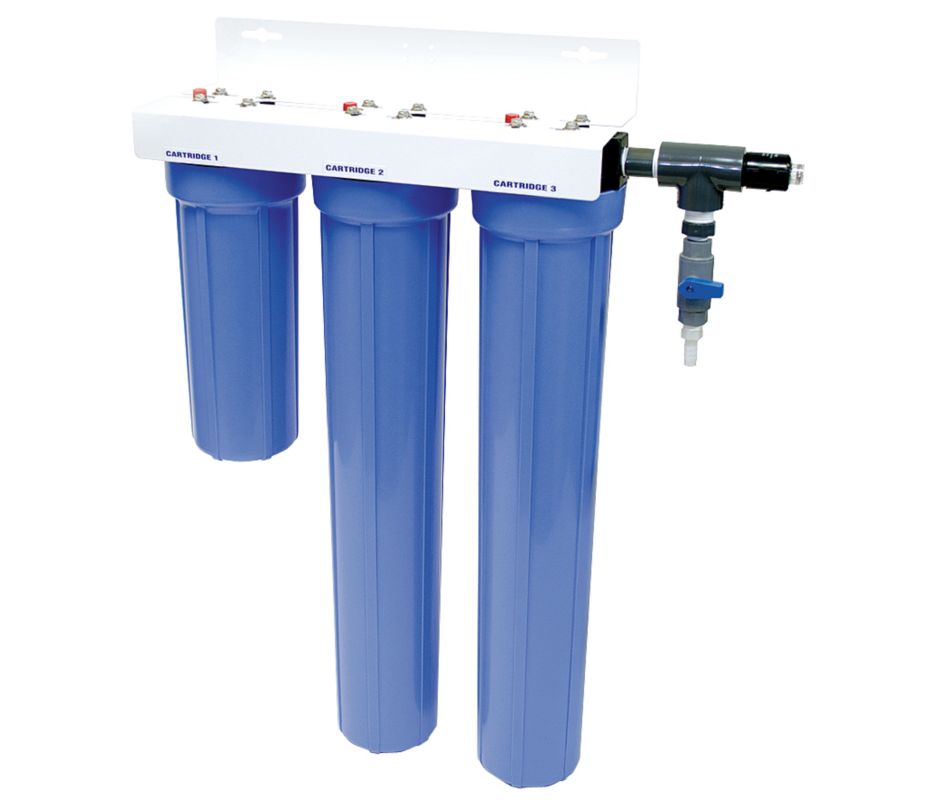
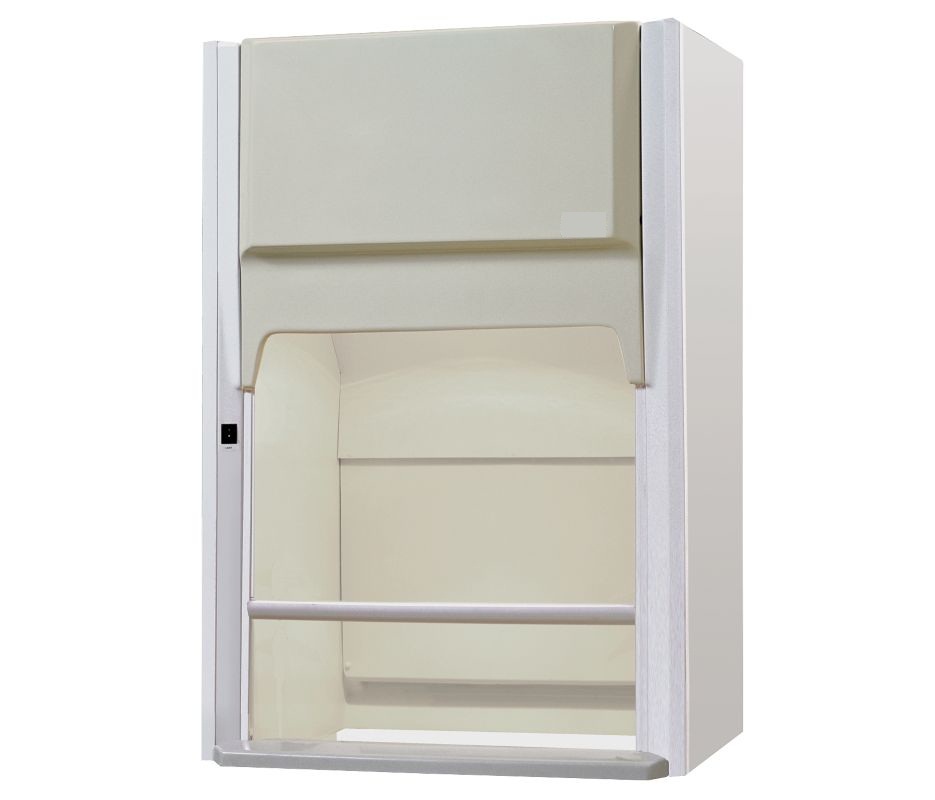
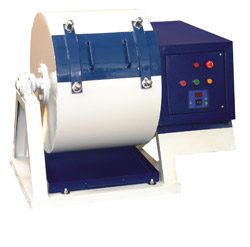

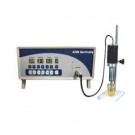

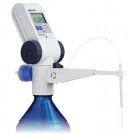



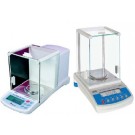
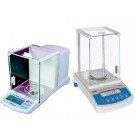

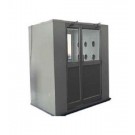
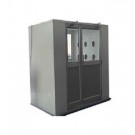
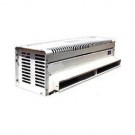



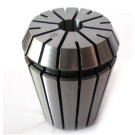
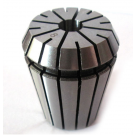




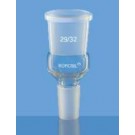

 Hardness Testing Equipment
Hardness Testing Equipment Surface Roughness
Gauge
Surface Roughness
Gauge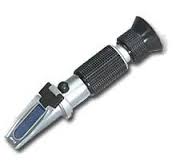 Refractometers
Refractometers Cylinders
Cylinders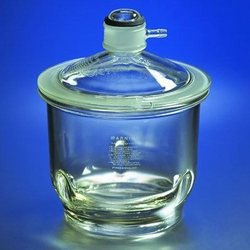 Desiccators
Desiccators Dishes
Dishes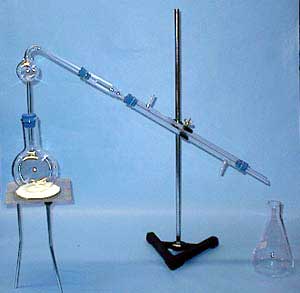 Distilling
Apparatus
Distilling
Apparatus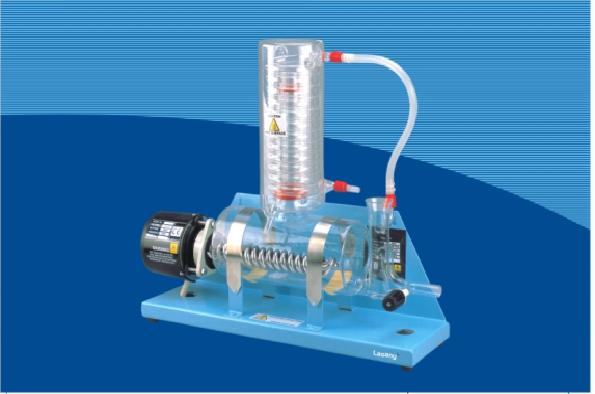
 Extractors & Condensers
Extractors & Condensers
 Bottles
Bottles Determination Apparatus
Determination Apparatus Burettes
& Pipettes
Burettes
& Pipettes
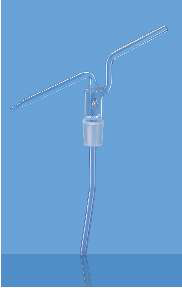 Stoppers
& Holders
Stoppers
& Holders
 Columns
Columns Funnels
Funnels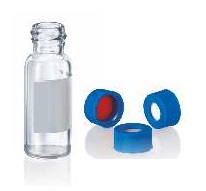


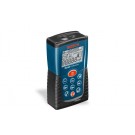



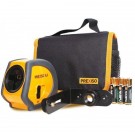

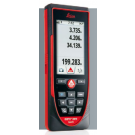
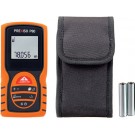

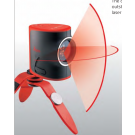
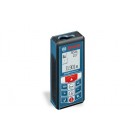

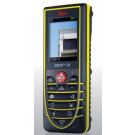


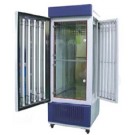

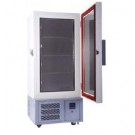
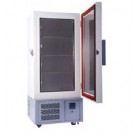
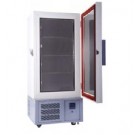

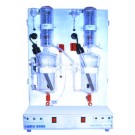
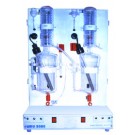

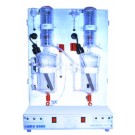
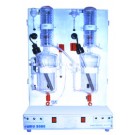
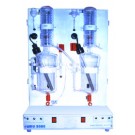
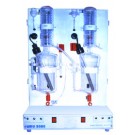







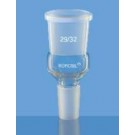

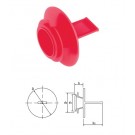
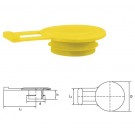

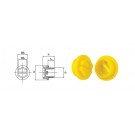


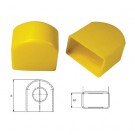

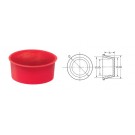
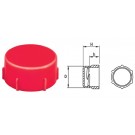
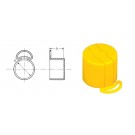
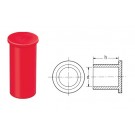
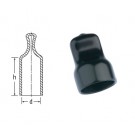
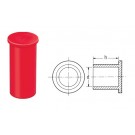
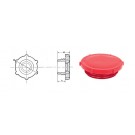
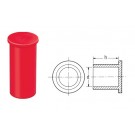

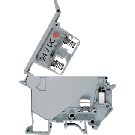
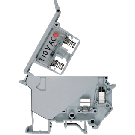
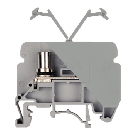
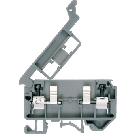

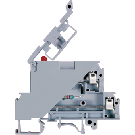

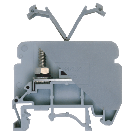
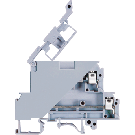
1 
Master DMC Terminal Strips Open Type
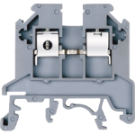
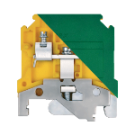

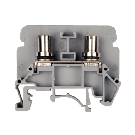
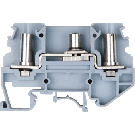
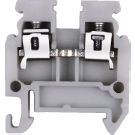

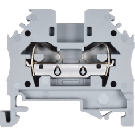
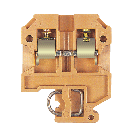
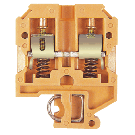
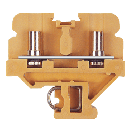
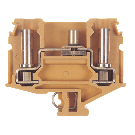

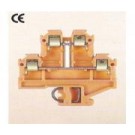

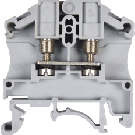
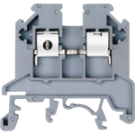

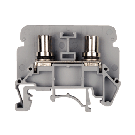

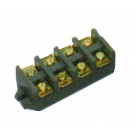
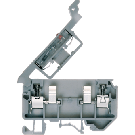
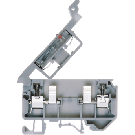

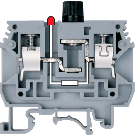
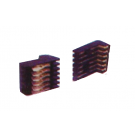
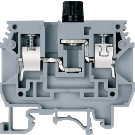
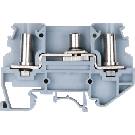
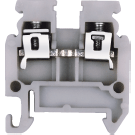
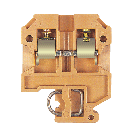
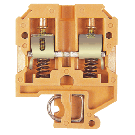
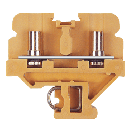
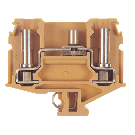
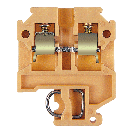
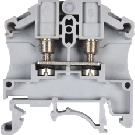
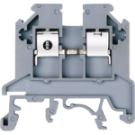
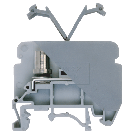

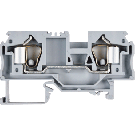
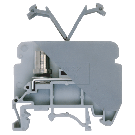
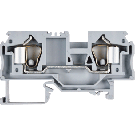
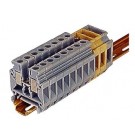
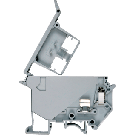
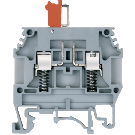
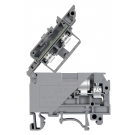
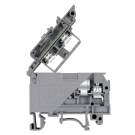




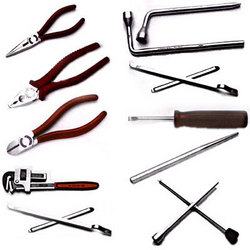


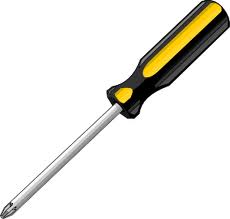
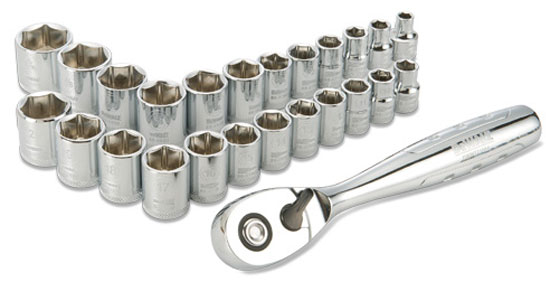



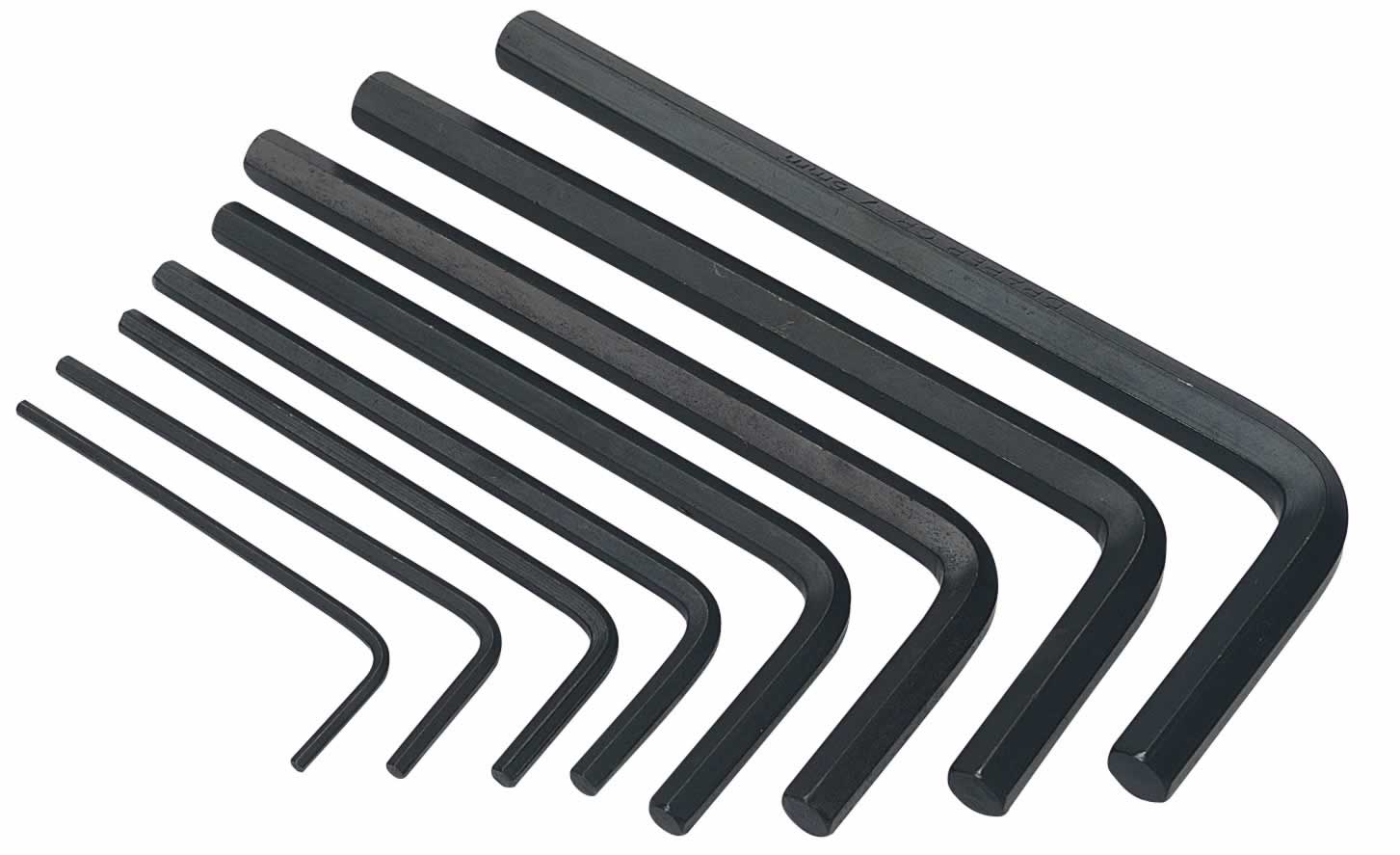
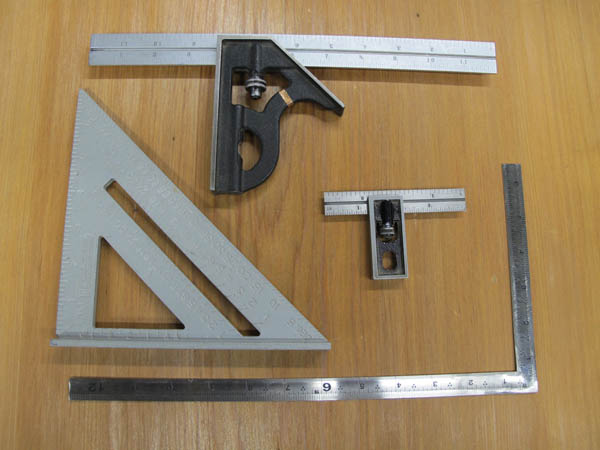

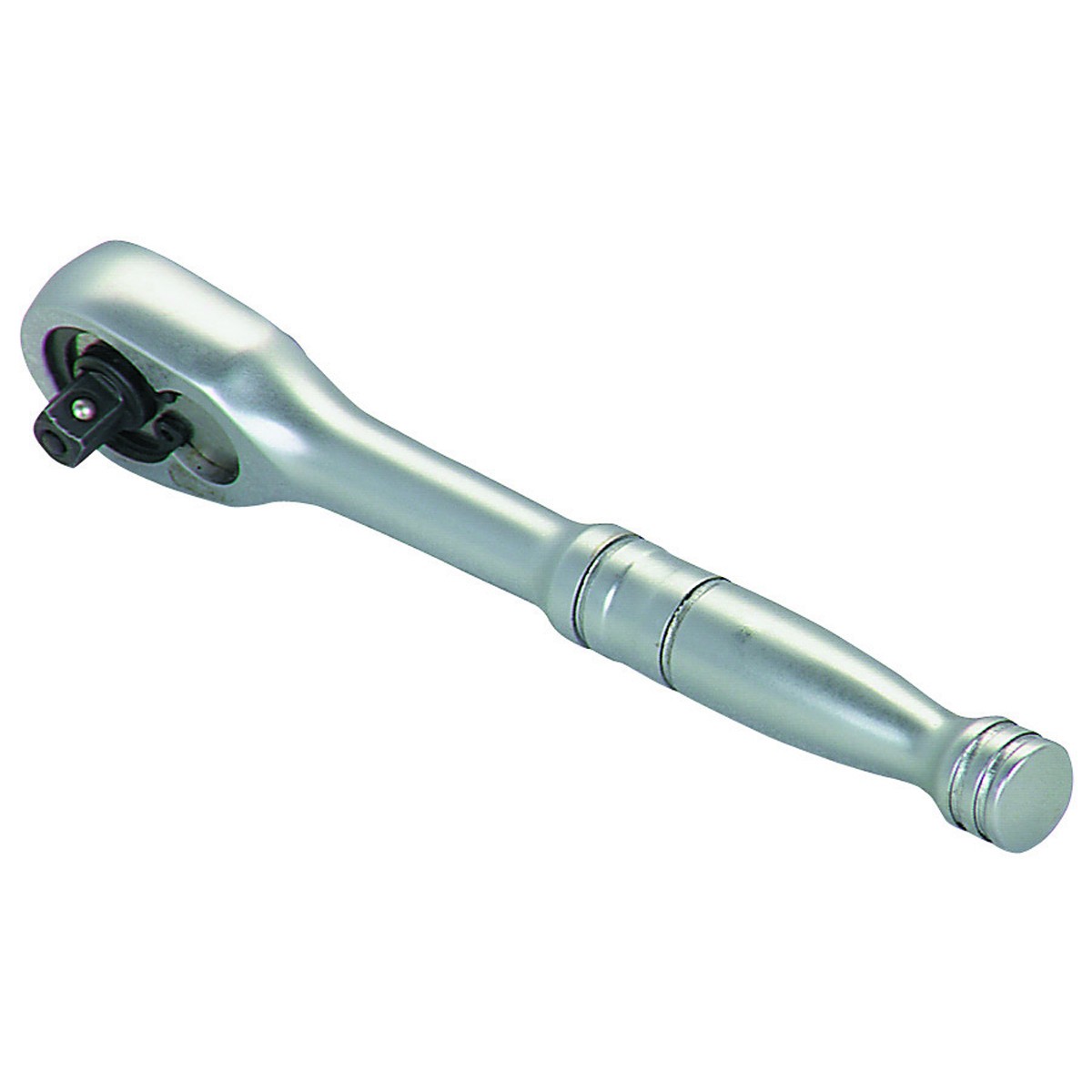
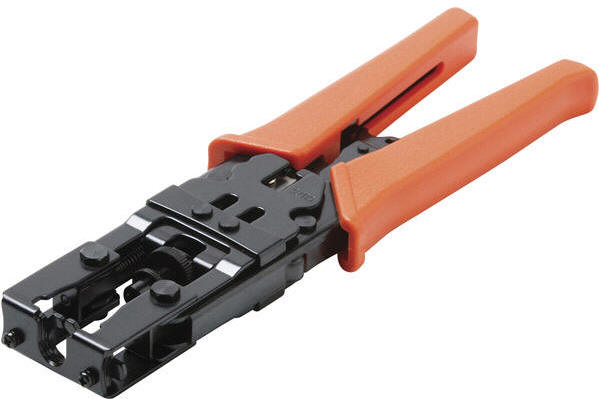
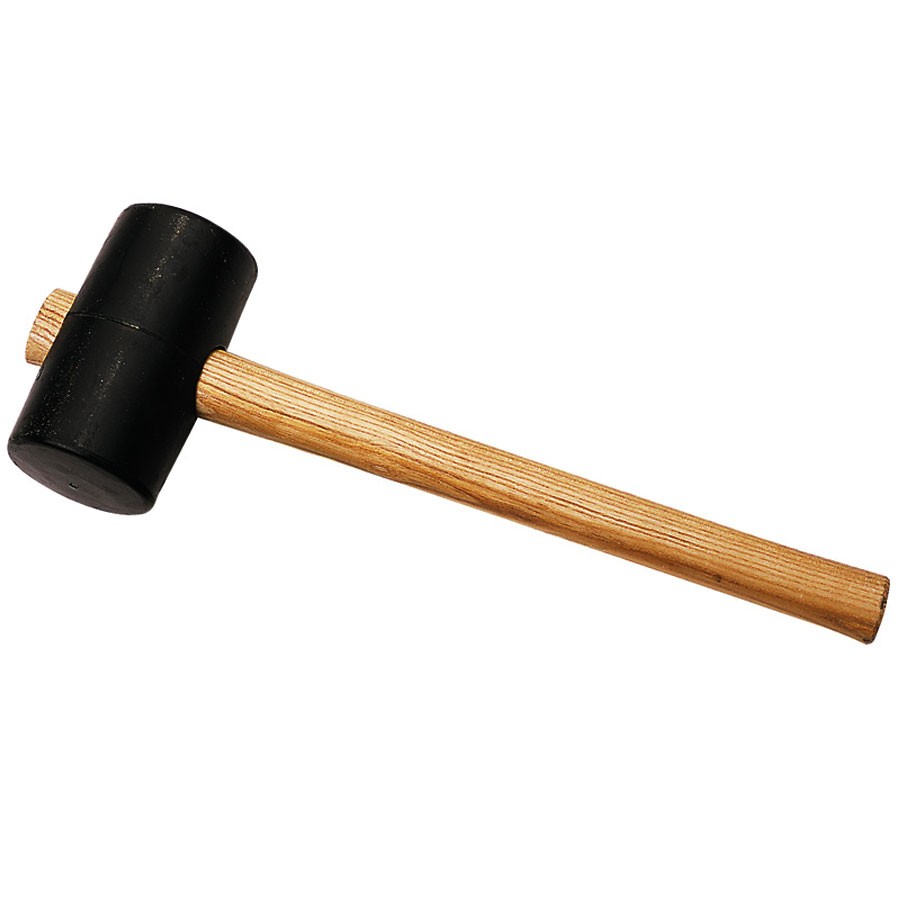



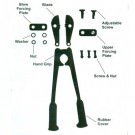




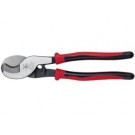
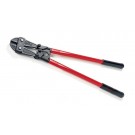



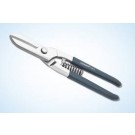

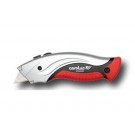

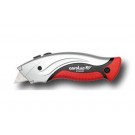


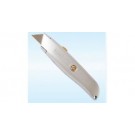

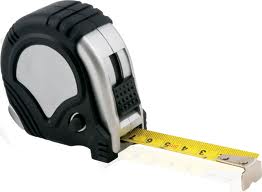

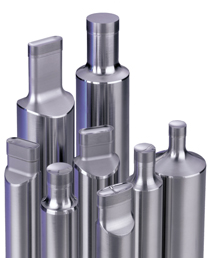
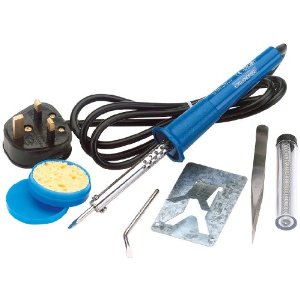
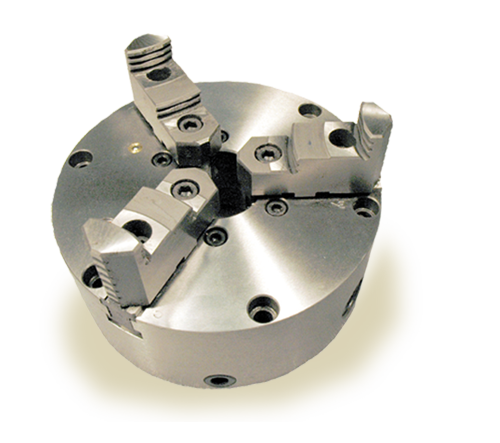


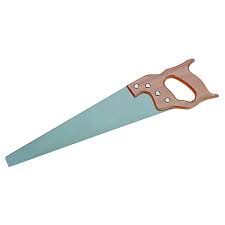

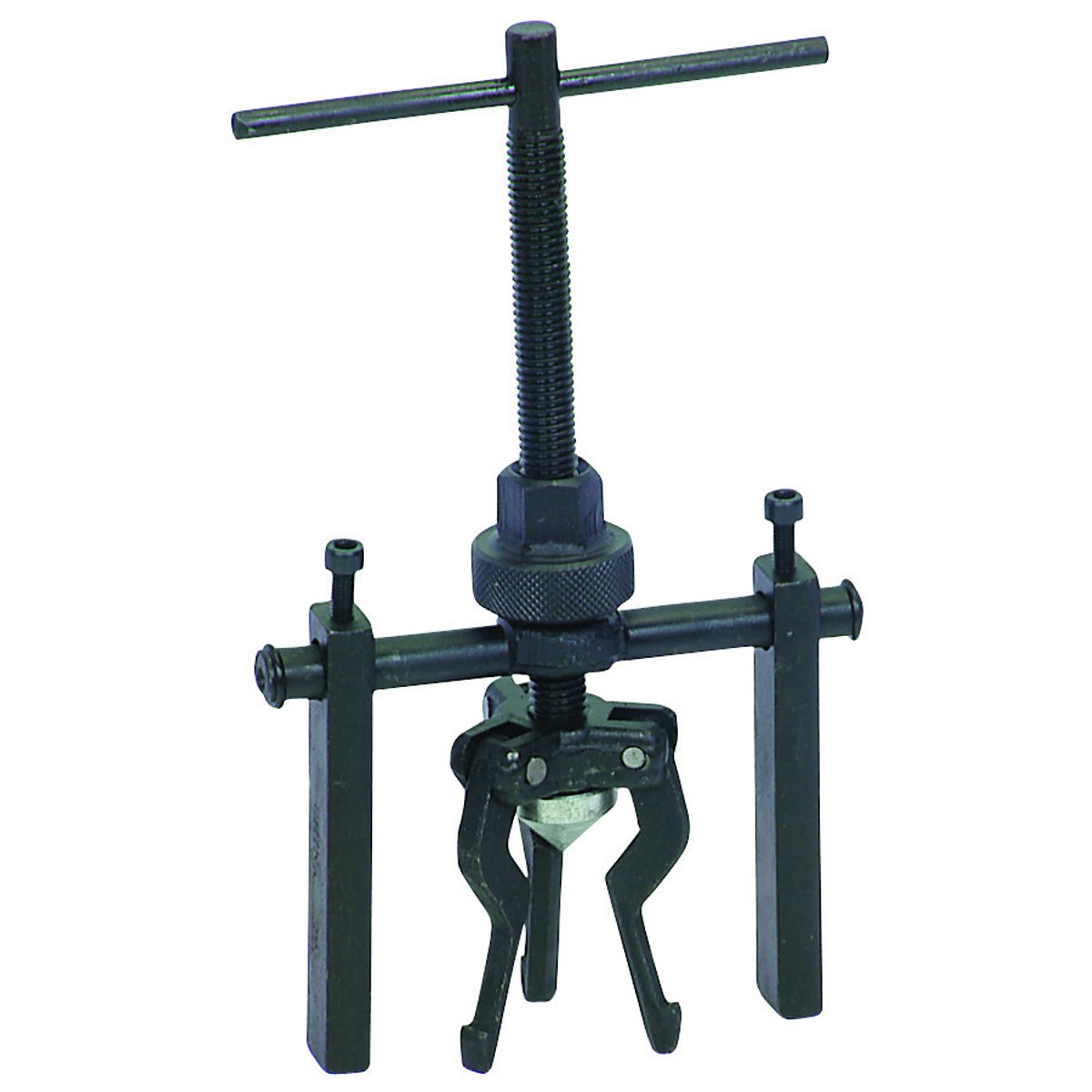
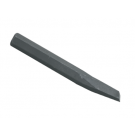
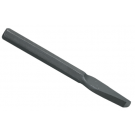
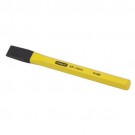
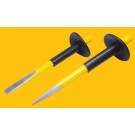


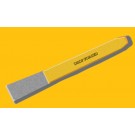
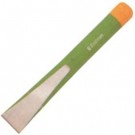
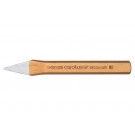
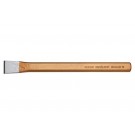
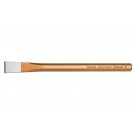

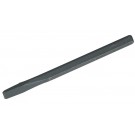
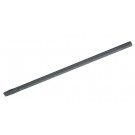
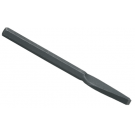

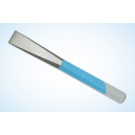



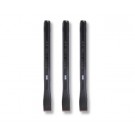
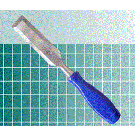
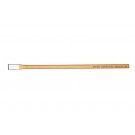
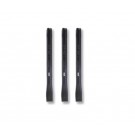

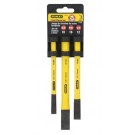

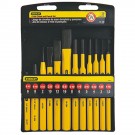
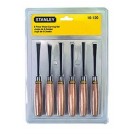
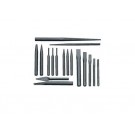
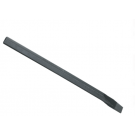
Sri Neelakanteswara ITI